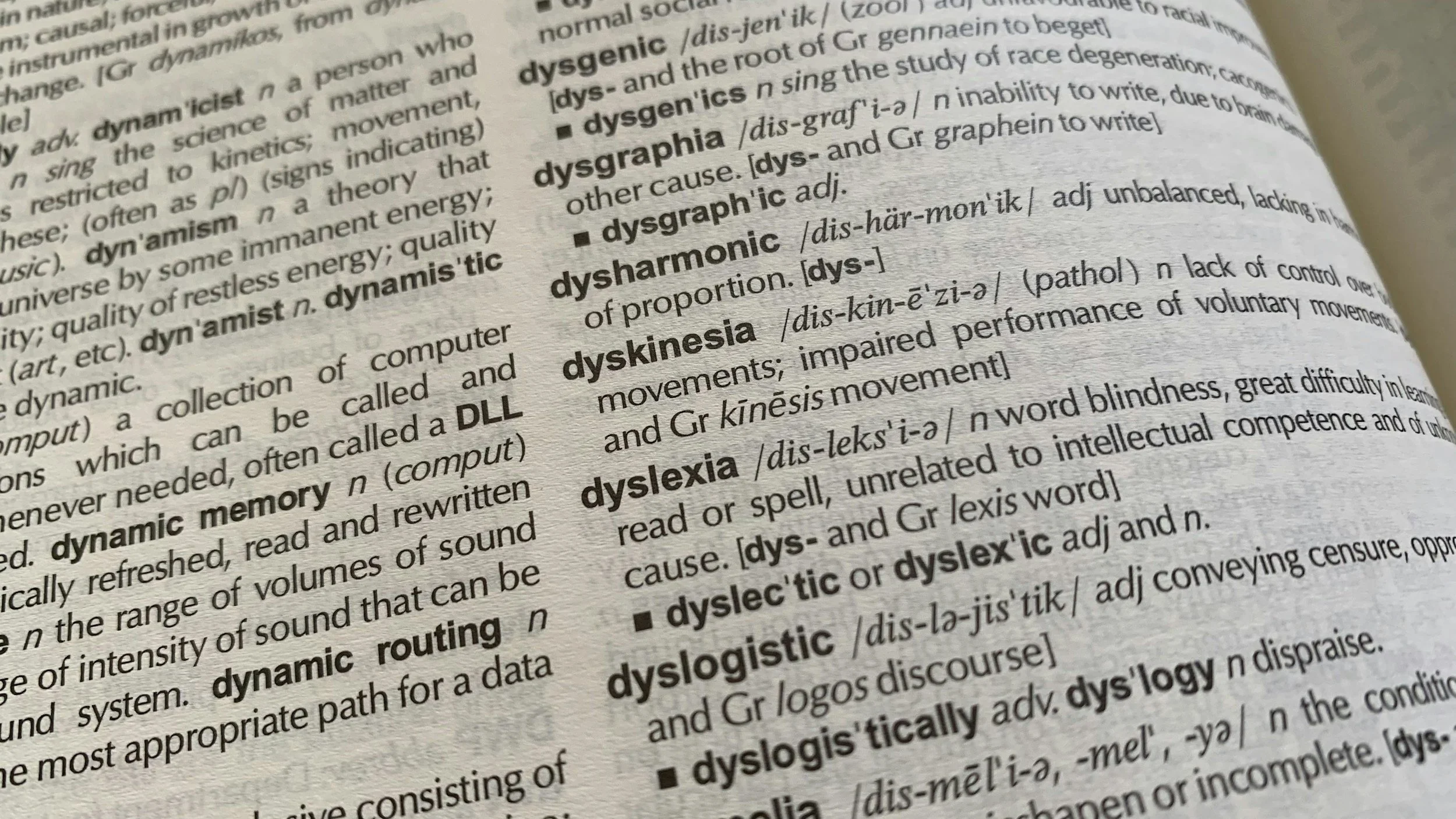What Every Parent Needs to Know About Dyslexia: Signs, Myths, and Facts
If you’ve noticed your bright, curious child struggling to read or spell, you’re not alone. Many parents feel worried, frustrated, and unsure of what to do next. The good news is that when you understand what’s really going on, you can take the right steps to support your child.
Even as an educator, I felt helpless when I saw my daughter struggling with attaching sounds to letters, letter formation and reading even the simplest of passages. She loved listening to stories and engaged with characters and plots, but couldn’t read on her own. She soon started comparing herself to her friends and her self-esteem plummeted. We pursued a Psycho-Educational Assessment and learned that she has dyslexia.
Dyslexia is one of the most common learning differences, yet it’s often misunderstood. In this post, I’ll explain what dyslexia is, how to recognize it, and how evidence-based instruction—like the Orton-Gillingham approach—can help your child thrive.
What Is Dyslexia?
Whatever it is, the way you tell your story online can make all the difference.
Dyslexia is a brain-based difference in how a person processes language. It primarily affects the skills involved in reading and spelling—especially decoding (sounding out words), fluency, and spelling accuracy. Dyslexia has nothing to do with a child’s intelligence or motivation. In fact, many people with dyslexia are highly creative and strong problem-solvers.
Researchers estimate that as many as 1 in 5 children show signs of dyslexia. With the right support, these students can learn to read and write successfully.
Common Signs of Dyslexia
Every child is unique, but some early signs of dyslexia include:
In preschool/early years:
Trouble learning nursery rhymes or remembering songs
Delayed speech or difficulty recognizing rhyming sounds
Trouble learning the alphabet
In elementary school:
Struggles with sounding out words (decoding)
Frequent spelling mistakes or inconsistent spelling
Avoiding reading aloud or reading for pleasure
In later years:
Difficulty with reading fluency and comprehension
Ongoing spelling challenges
Writing that seems disorganized or labored
Seeing one or two of these signs isn’t always cause for concern, but a pattern—especially if reading remains difficult despite regular practice—is worth looking into.
For a more exhaustive list of the signs and symptoms of dyslexia, check out this page from the Yale Center for Dyslexia & Creativity.
Rick Riordan, author of the Percy Jackson series
“Dyslexic kids are creative, ‘outside-the-box’ thinkers. They have to be, because they don’t see or solve problems the same way other kids do. In school, unfortunately, they are sometimes written off as lazy, unmotivated, rude or even stupid. They aren’t. Making Percy dyslexic was my way of honoring the potential of all the kids I’ve known who have those conditions. It’s not a bad thing to be different. Sometimes, it’s the mark of being very, very talented.” - RickRiordan.com
Myths vs. Facts About Dyslexia
Unfortunately, a lot of misinformation about dyslexia still circulates. Here’s the truth behind some common myths:
Myth: Dyslexia means seeing letters backwards.
Fact: Dyslexia is about language processing, not vision. Letter reversals can happen, but they’re not the defining feature.Myth: Children with dyslexia aren’t as smart.
Fact: Dyslexia has nothing to do with intelligence. Many children with dyslexia have average or above-average IQs.Myth: Children will outgrow dyslexia.
Fact: Dyslexia is lifelong, but with the right instruction and strategies, children can become strong readers and writers.
Why Early Intervention Matters
The earlier a child receives explicit, systematic reading instruction, the better. Early intervention helps prevent skill gaps from widening and builds your child’s confidence from the start. Not to worry, though - even older students benefit greatly from targeted instruction—it’s never too late to help.
How the Orton-Gillingham Approach Helps
One of the most effective ways to teach children with dyslexia is through the Orton-Gillingham (OG) approach. This evidence-based method is:
Personalized: Instruction is tailored to each child’s specific needs and pace.
Structured and Sequential: Skills are taught step by step, building on what’s already mastered.
Multi-Sensory: Lessons engage sight, sound, movement, and touch together, helping information stick.
OG doesn’t just teach reading—it builds understanding, confidence, and independence. As an Orton-Gillingham tutor, I use these principles to create lessons that truly work for struggling readers.
What Parents Can Do Next
If you suspect your child may have dyslexia:
Consider a professional evaluation to identify specific learning needs. I can provide local recommendations for psychologists if you are in or near Calgary, Alberta.
Read aloud to your child regularly and encourage them to enjoy stories, even if they can’t read independently yet.
Focus on building your child’s confidence and celebrating their strengths.
Seek evidence-based instruction like Orton-Gillingham tutoring.
With the right support, children with dyslexia can absolutely become capable, enthusiastic readers.
Ready to Get Support for Your Child?
Your child deserves instruction that meets their needs and helps them thrive. I specialize in using the Orton-Gillingham approach to help children with dyslexia build essential reading skills—and confidence.
Schedule a free consultation today to learn how I can support your child’s reading journey.


